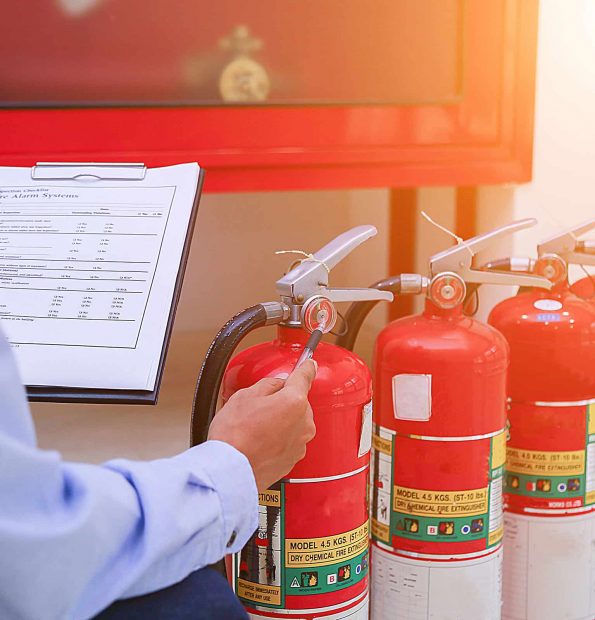Sydney fire safety is more than just a matter of checking off boxes. At the heart of the process is the Annual Fire Safety Statement (AFSS) it is a statement which not only meets legal requirements but also demonstrates the owner’s commitment to safety and accountability. Alongside the Fire Safety Certificate, the AFSS is the foundation of a well-organized system that assures the safety of occupants in buildings, reassures insurers, and makes councils feel confident about the city’s buildings.
Why the Annual Fire Safety Statement is in place?
The Annual fire safety statement Sydney requirement was never designed to be paperwork for the sake of paperwork. Systems for protecting against fire are only effective if they’re regularly maintained as well as tested and certified. Although it may appear that a sprinkler system installed in the past 10 years is functioning fine, but it won’t perform in an emergency situation because the system was not inspected.

The AFSS asks owners to prove every year that all of their fire protection features such as alarms, exit lighting, and hydrants are up to standards originally set in the Building Code of Australia. This is more than an inspection. It’s a declaration to the public that lives will be protected and the building is capable of surviving an emergency.
What is the main difference between AFSS and Fire Safety Certificates?
The Fire Safety Certificate and the Annual Statement are often misunderstood by homeowners, but they have different functions. The certificate will be given after the installation has been completed or major changes are completed. It’s a guarantee that the new measures have been approved prior to a building being used or being rented. The AFSS comes after. The AFSS will have a obligation to show that the identical systems continue to meet the standard each year after installation.
Together, they make up an encapsulation cycle that verify that the security systems were installed correctly as annual reports verify that the systems are maintained for the duration of the building. If you fail to take care of either step will weaken the whole chain.
The responsibility of building owners
The AFSS in New South Wales has a distinct feature that puts the ultimate responsibility of this process onto the homeowner. The AFSS system differs from other compliance systems that permit defects to be classified into minor and major. If any one of the measures fails the whole statement will not be issued with any validity.
Owners must play the initiative. They should schedule inspections, engage accredited practitioners, arrange repairs, and lodge documents with council – all while observing strict deadlines. Councils for strata and commercial landlords are also responsible for coordinating with contractors, tenants and insurers. Although it’s a bit challenging, the system was designed to guarantee that security would never be affected.
The broader impact of AFSS in Sydney
Beyond the legal requirements beyond legal compliance, the AFSS has more ramifications. Tenants often inquire about a building’s current safety statement before deciding to lease space, and insurance companies often require a copy prior to finalizing the coverage. A current Annual declaration on fire safety can affect the value of a property as well as tenant confidence and even premiums for insurance.
Councils can be reassured that the thousands of Sydney buildings are constantly monitored. It means that fire authorities are more confident about the system’s ability to operate during emergency situations. This lowers the risk for both firefighters and occupants. The AFSS isn’t only about safeguarding buildings. It’s equally about making the entire city more secure overall.
Conclusion: AFSS As a Standard of Trust
The annual fire safety statement Sydney requirement may appear as a bureaucratic obstacle However, in reality it’s a mark of confidence. It shows that fire safety is not left to chance, that the equipment is safe, and that owners accept the responsibility for the safety of those who reside in their buildings. It’s a component of a system that checks the system’s installation and the operation of critical security measures.
The lesson for property owners is clear: AFSS is much more than a deadline. It’s a commitment to community trust, safety and accountability. In the rapidly expanding urban sprawl of Sydney where a lot of people rely on safe and compliant buildings, that commitment is what makes the AFSS invaluable.
